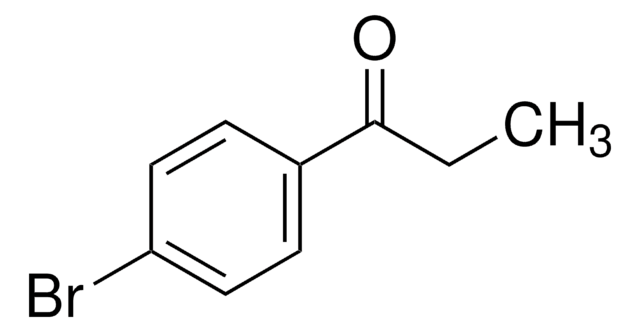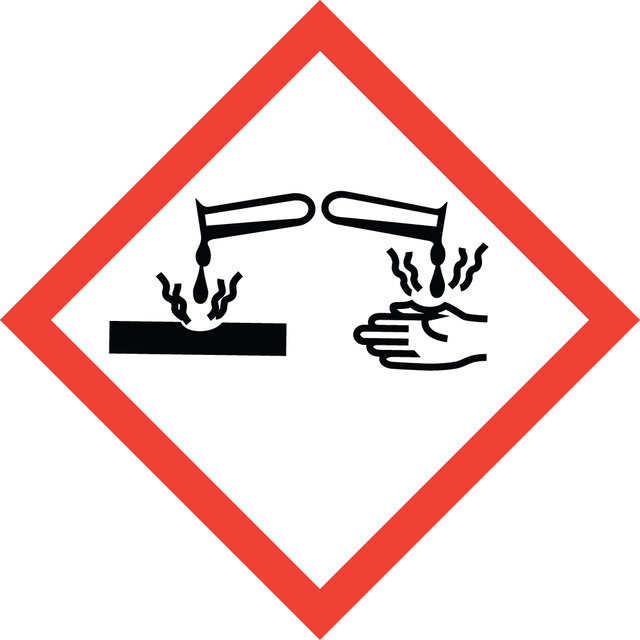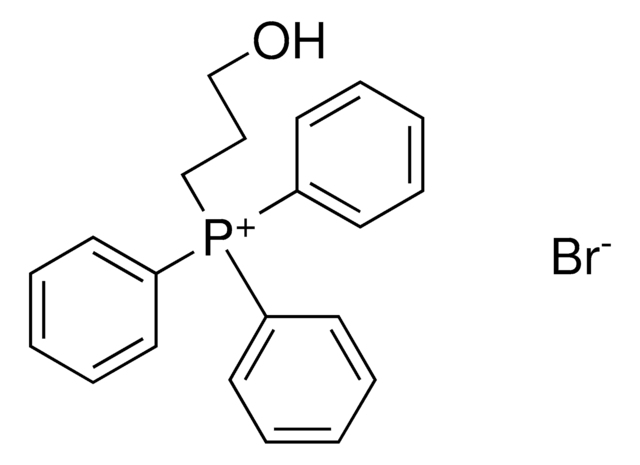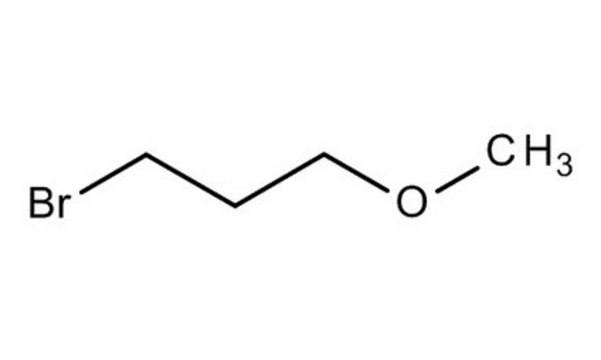167169
3-Bromo-1-propanol
97%
Synonym(s):
Trimethylene bromohydrin
Sign Into View Organizational & Contract Pricing
All Photos(2)
About This Item
Linear Formula:
Br(CH2)3OH
CAS Number:
Molecular Weight:
138.99
Beilstein:
969160
EC Number:
MDL number:
UNSPSC Code:
12352100
PubChem Substance ID:
NACRES:
NA.22
Recommended Products
Quality Level
Assay
97%
form
liquid
refractive index
n20/D 1.488 (lit.)
bp
62 °C/5 mmHg (lit.)
density
1.537 g/mL at 25 °C (lit.)
functional group
bromo
hydroxyl
storage temp.
2-8°C
SMILES string
OCCCBr
InChI
1S/C3H7BrO/c4-2-1-3-5/h5H,1-3H2
InChI key
RQFUZUMFPRMVDX-UHFFFAOYSA-N
Looking for similar products? Visit Product Comparison Guide
Related Categories
General description
Reaction between 3-bromo-1-propanol, phenol and a series of phenols having substituents in 4-position has been studied in micellar media and in microemulsions based on cationic or a nonionic surfactant.
3-Bromo-1-propanol is an electrophile used as a substrate in nucleophilic substitution reactions and in the redox polymerization.
3-Bromo-1-propanol is an electrophile used as a substrate in nucleophilic substitution reactions and in the redox polymerization.
Application
3-Bromo-1-propanol was used in the synthesis of fluorescent halide-sensitive quinolinium dyes and molten salt-polymers. It was used in the synthesis of chiral, quaternary prolines via cyclization of quaternary amino acids.
Recently used as a grafting agent in the synthesis of recyclable reagents for Swern oxidation
Signal Word
Danger
Hazard Statements
Precautionary Statements
Hazard Classifications
Acute Tox. 4 Oral - Eye Dam. 1
Storage Class Code
10 - Combustible liquids
WGK
WGK 3
Flash Point(F)
149.0 °F - closed cup
Flash Point(C)
65 °C - closed cup
Personal Protective Equipment
dust mask type N95 (US), Eyeshields, Gloves
Choose from one of the most recent versions:
Already Own This Product?
Find documentation for the products that you have recently purchased in the Document Library.
Customers Also Viewed
Our team of scientists has experience in all areas of research including Life Science, Material Science, Chemical Synthesis, Chromatography, Analytical and many others.
Contact Technical Service














